UEFI BIOS
The GIGABYTE B550 Aorus Master uses a weird software controlled dual UEFI BIOS setup. There are two ROMs on the PCB but you can’t switch between them via a hardware switch. The ROMs are 256Mbit AMI UEFI BIOS flash ROMs supporting GIGABYTE’s DualBIOS feature, PnP 1.0a, DMI 2.7, WfM 2.0, SM BIOS 2.7, and ACPI 5.0 standards. Version F11P was used for all testing and screenshots.
The UEFI BIOS also supports GIGABYTE’s Q-Flash Plus, which means that it is capable of recovering from a bad BIOS flash and it can be flashed without having a CPU or memory installed.
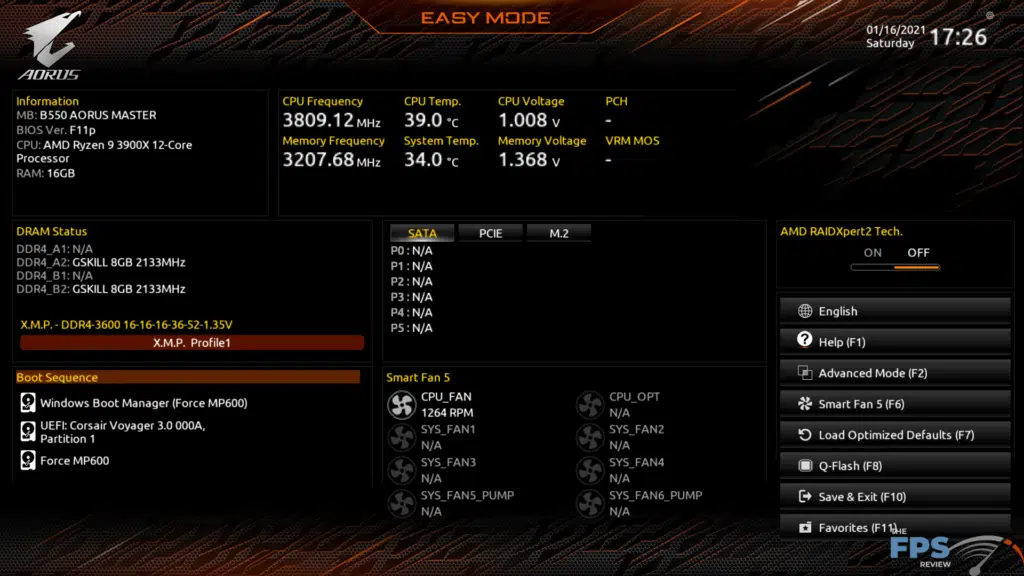
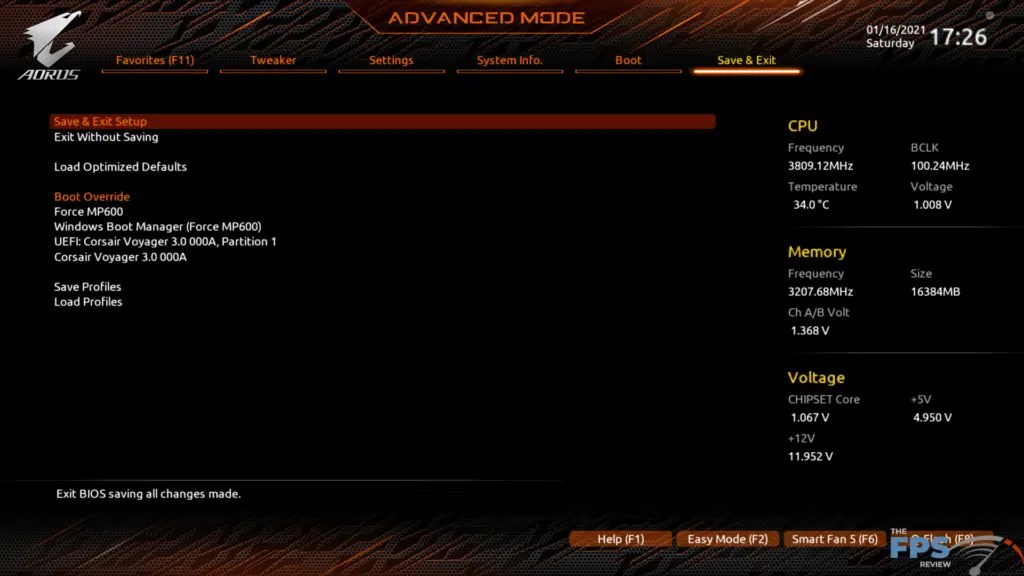
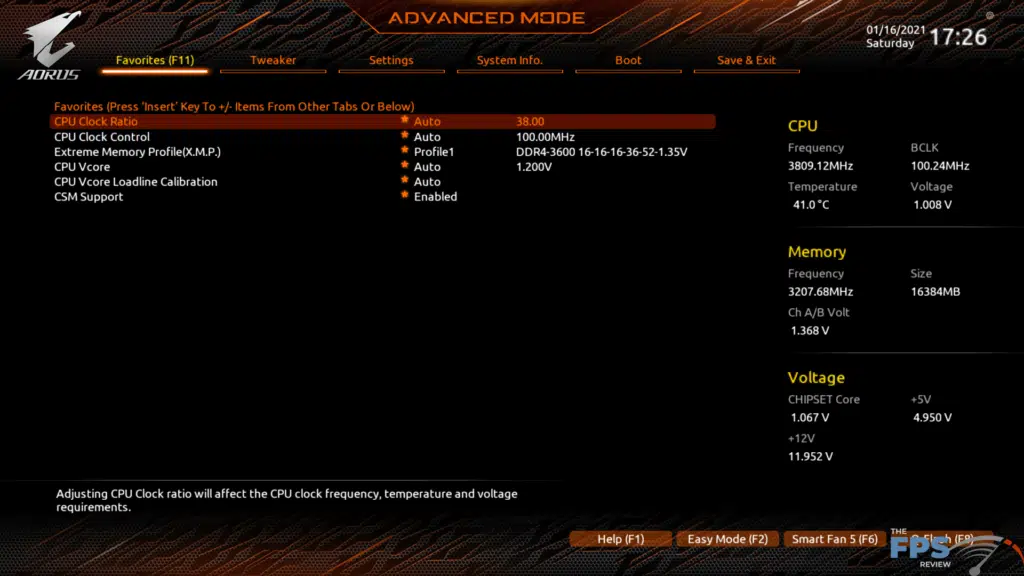
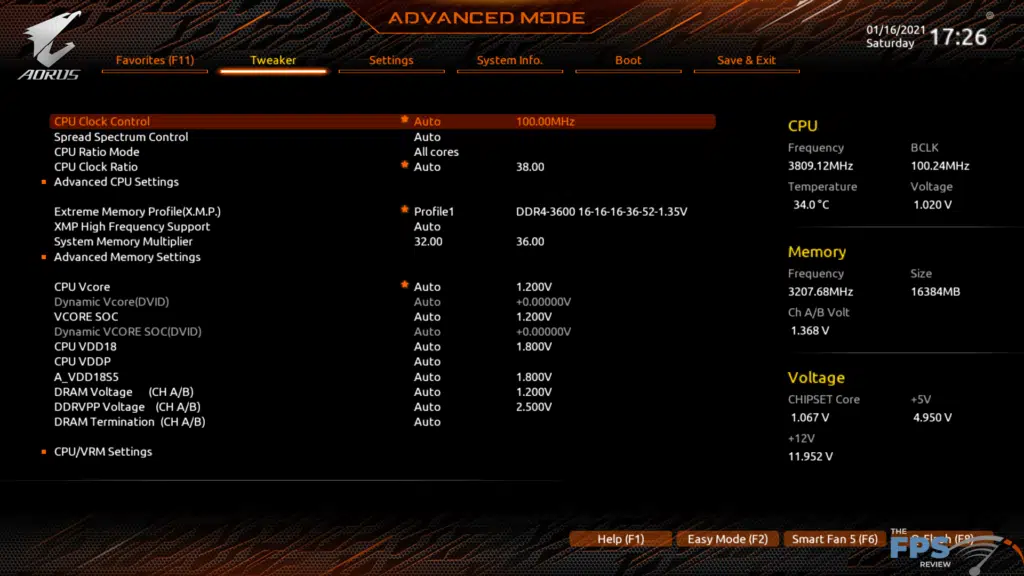
GIGABYTE’s UEFI implementations change more than any of the other manufacturers. The current implementation showed up within the last year or two. This version combines the aesthetic of earlier versions but has the layout of the advanced mode based on the classic BIOS of old that GIGABYTE used to use on some of its boards. In my opinion, this is probably the best UEFI implementation that GIGABYTE has created so far.
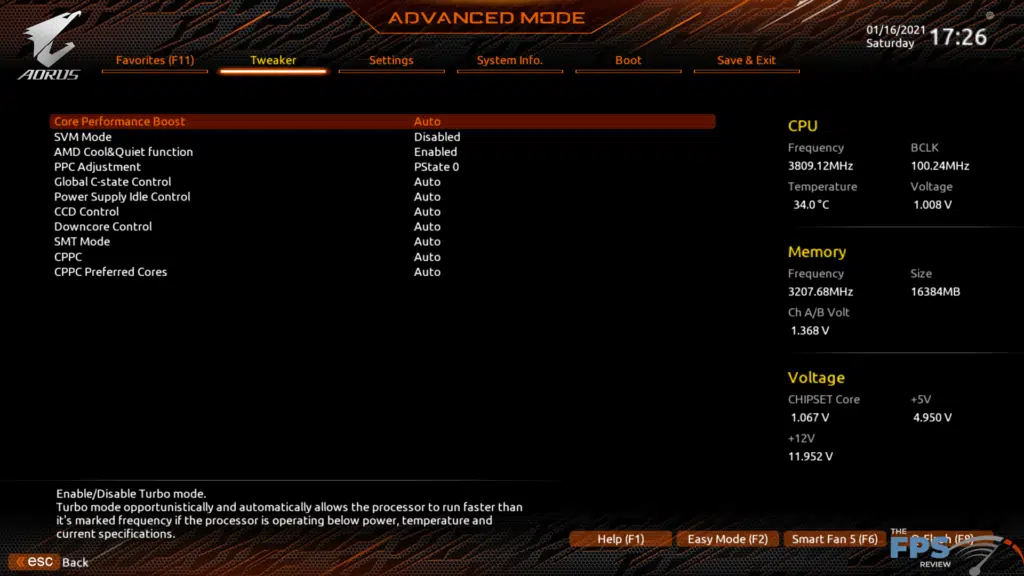
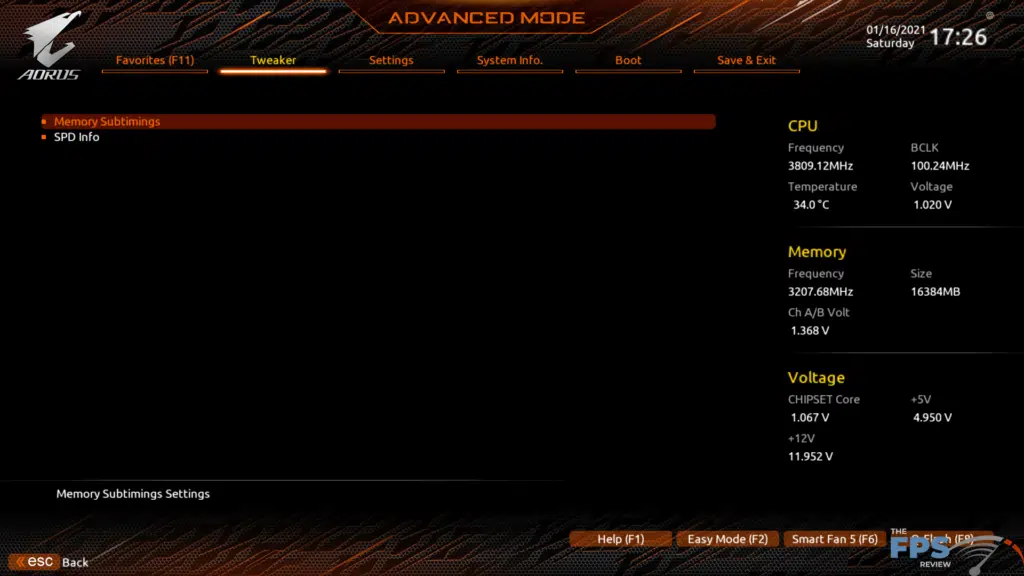
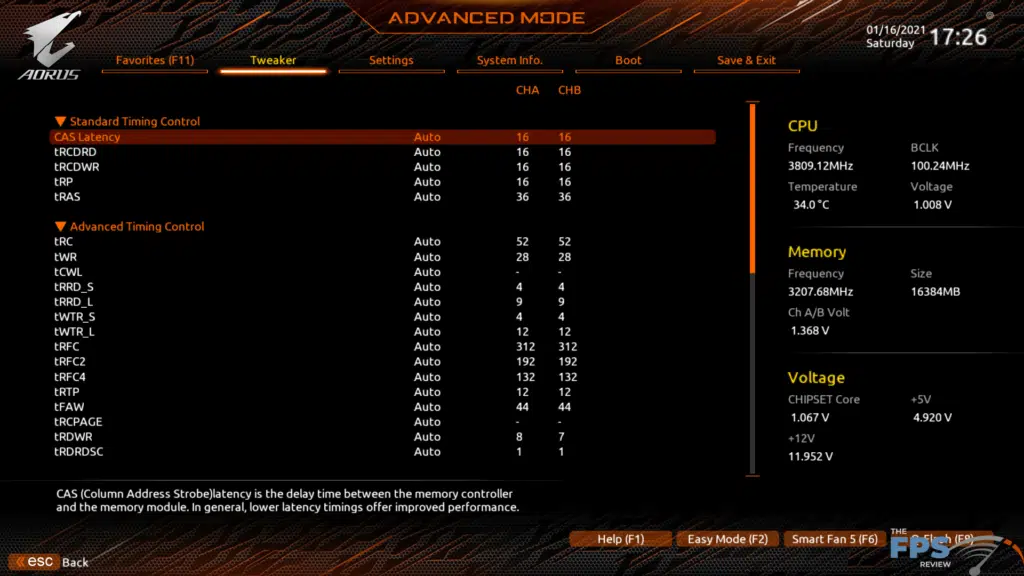

GIGABYTE offers an easy mode and an advanced mode, the same as all its competitors. However, GIGABYTE’s interpretation of the Easy Mode is more concise about how it presents information. The user experience is good as the interface is intuitive. A number of wizards and shortcuts for different features are accessible in a menu on the right hand side of the Easy Mode menus.

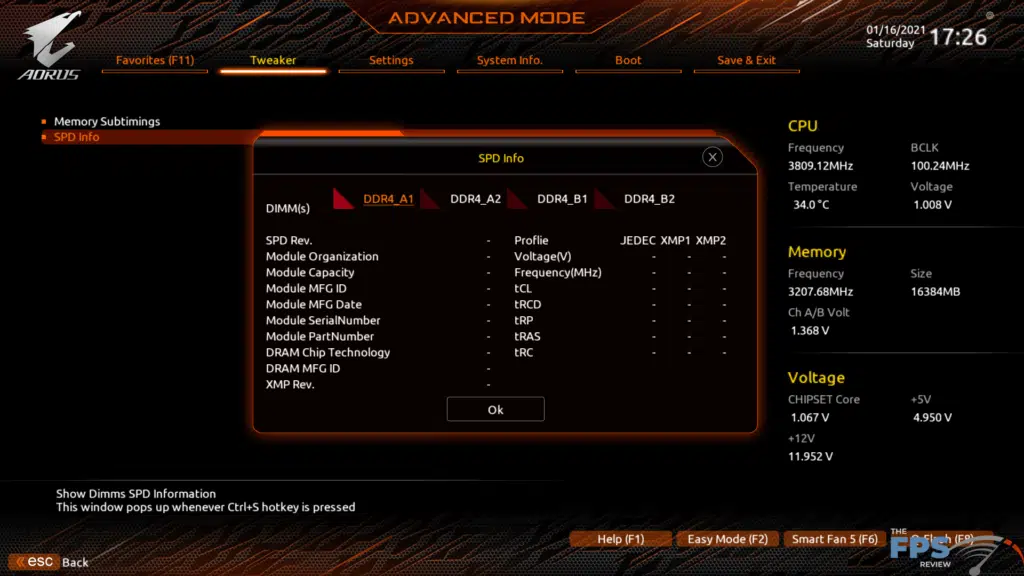
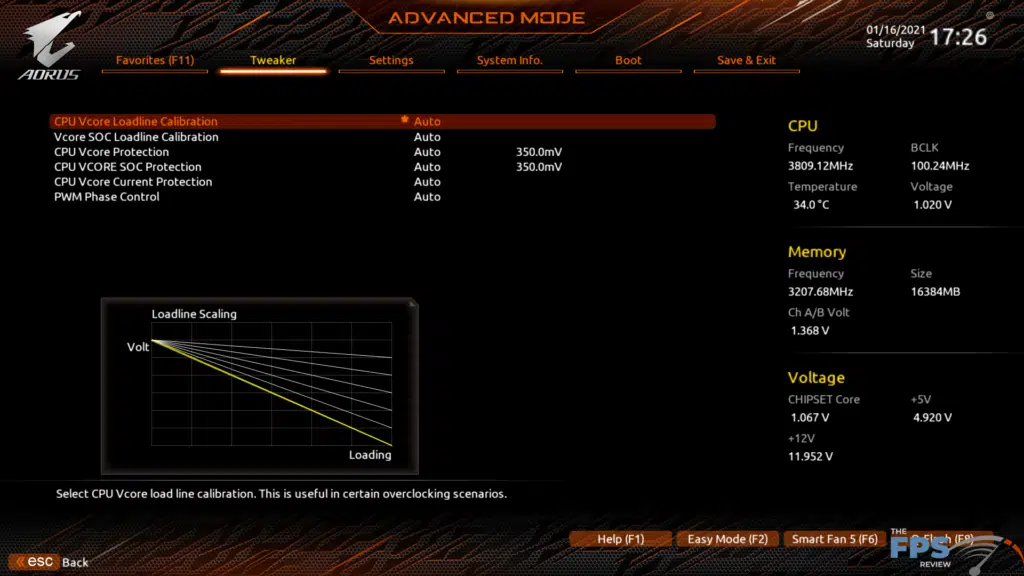

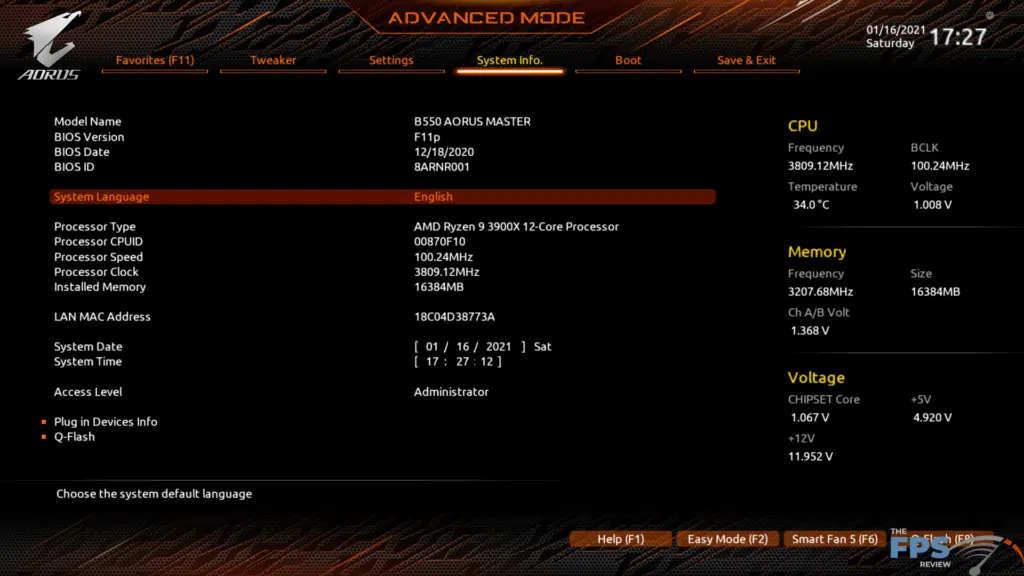
In the advanced mode, GIGABYTE manages to avoid too many unnecessary submenus on this iteration of its UEFI. The interface is extremely simple and intuitive making it easy to use. Despite its general simplicity, the UEFI has all the options one would expect from a higher end solution. This is due to the motherboards solid feature set and high end VRM’s. The voltage controller allows for a great deal of granular control while the power stages offer thermal protection, overcurrent protection and so on. All of these things translate to additional options in the UEFI BIOS.
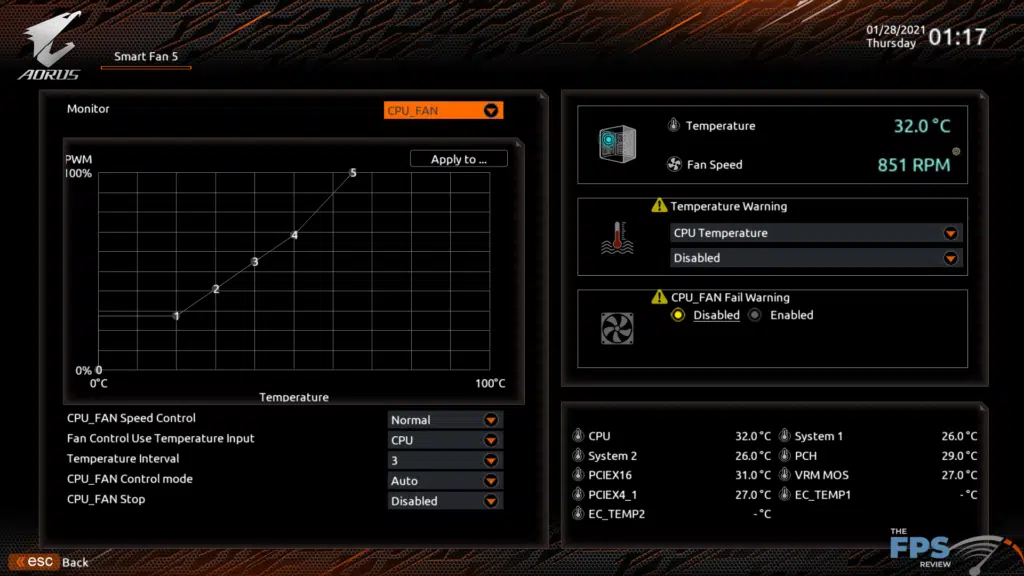
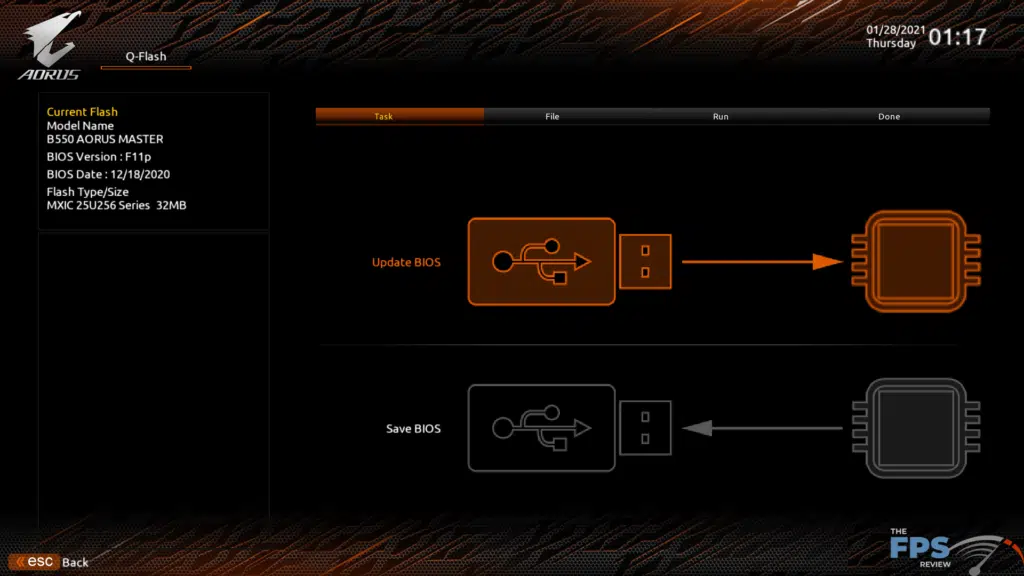
Thermal monitoring, fan control and other aspects of the UEFI BIOS are well implemented and easy to use as well. The UEFI also offers a built in flash update tool, which again is intuitive. Outside of the dedicated Smart Fan menu, you can find basic temperatures and voltages off to the right of most of the main UEFI BIOS screens.
The overall interface is one of the simplest I’ve ever seen, yet it is as capable as anything else I’ve seen in the price point and beyond, given the voltage controllers and VRM implementation. These things equate to more voltage options than you might see at this price point with a few exceptions here and there. Overall, the UEFI BIOS is incredibly easy to use and aesthetically pleasing. Although, that last part is entirely subjective.
